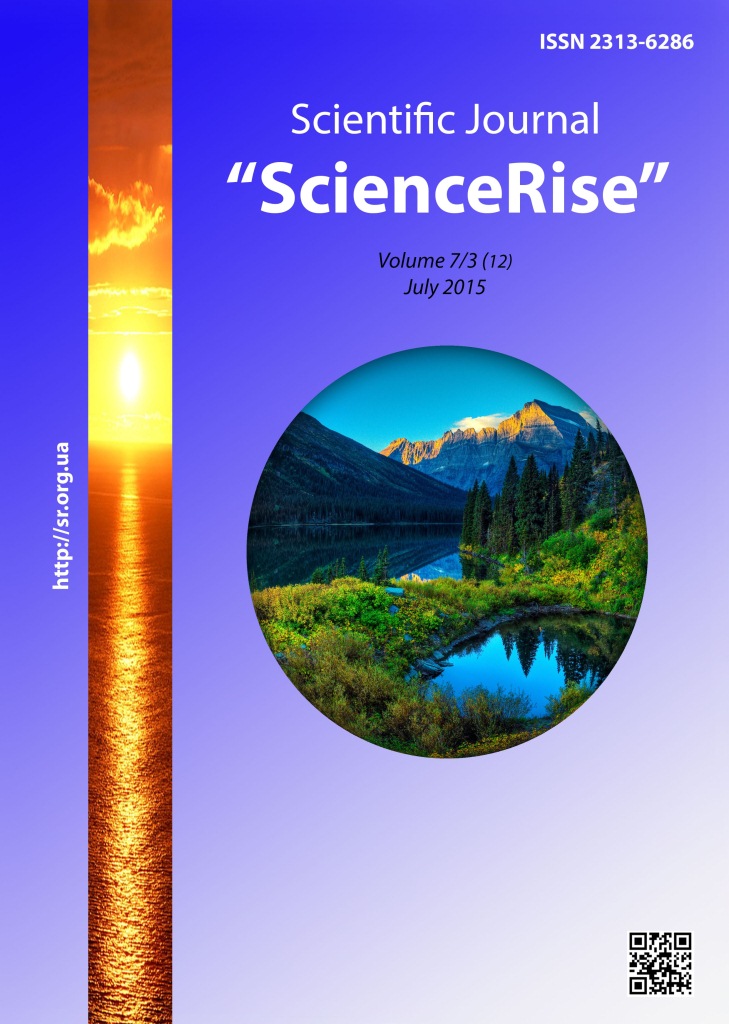Formation of the economic security system of the city
DOI:
https://doi.org/10.15587/2313-8416.2015.47225Keywords:
economic security, city, system of economic security, technological approach, information flowsAbstract
The article is devoted to research of theoretical aspects of the economic security. In this article the economic security is observed at the level of the city. Model of the economic security of the city is presented. It is defined the connection of system of economic security of the city with its external and internal environment. Also information flows is considered in the system of economic security of the city. The use of technological approach in economic security of the city is presentedReferences
Gejec', V. M., Kyzym, M. O., Klebanova, T. S., Chernjak, O. I. et. al (2006). Modeljuvannja ekonomichnoi' bezpeky: derzhava, region. Za red. V. M. Gejcja. VD «INZhEK», 240.
Greer, B., Flanagan, St., Hampson, F. (1986). European economic security: Security Europe's future. L., 221–244.
Komelina, O. V., Onyshhenko, S. V., Matkovs'kyj, A. V., Pugach, O. A. (2013). Ekonomichna bezpeka derzhavy: ocinjuvannja ta strategichni orijentyry zabezpechennja. Poltav. nac. tehn. un-t im. Ju. Kondratjuka. Poltava : PoltNTU, 201.
Zhavoronkov, V. O., Zhavoronkova, G. V., Zhmudenko, V. O. (2010). Strategichne upravlinnja regionom: ekonomichna bezpeka, planuvannja ta rozvytok. Uman': VCP «Vizavi» (Vydavec' «Sochins'kyj»), 270.
Vasyl'jev, O. V., Mejta, V. I. (2013). Formuvannja systemy upravlinnja ekonomichnoju bezpekoju promyslovyh pidpryjemstv. Ekonomichnyj analiz, 14 (2), 138–145.
Yvanjuta, T. N. (2013). Osnovnie podhody k formyrovanyju systemy ekonomycheskoj bezopasnosty na predpryjatyjah. Molodoj uchenij, 4, 215–223.
Downloads
Published
Issue
Section
License
Copyright (c) 2015 Андрей Васильевич Плужник

This work is licensed under a Creative Commons Attribution 4.0 International License.
Our journal abides by the Creative Commons CC BY copyright rights and permissions for open access journals.
Authors, who are published in this journal, agree to the following conditions:
1. The authors reserve the right to authorship of the work and pass the first publication right of this work to the journal under the terms of a Creative Commons CC BY, which allows others to freely distribute the published research with the obligatory reference to the authors of the original work and the first publication of the work in this journal.
2. The authors have the right to conclude separate supplement agreements that relate to non-exclusive work distribution in the form in which it has been published by the journal (for example, to upload the work to the online storage of the journal or publish it as part of a monograph), provided that the reference to the first publication of the work in this journal is included.

